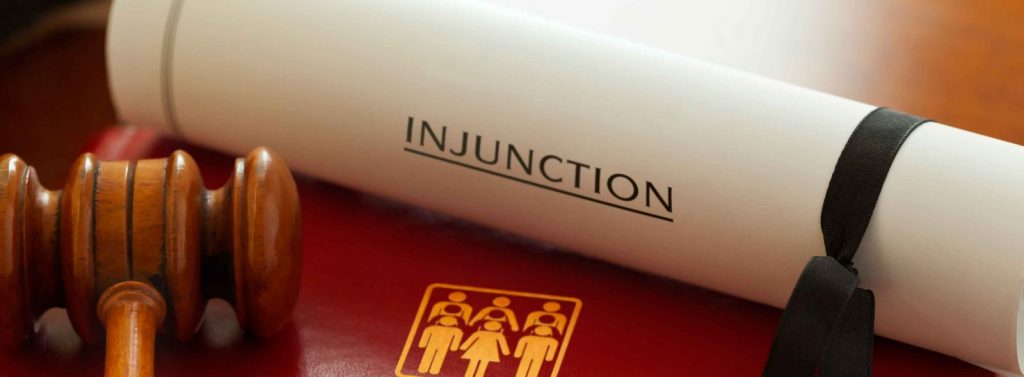
An injunction is a remedy awarded by a court to protect a legal right rather than to compensate for a breach of that right.
The objective of an injunction is to maintain the status quo between the parties from the granting of an injunction until the final disposal of the action in Court or otherwise.
The underlying principle in all injunction applications is that damages would be an inadequate remedy for a breach of the right that is being threatened.
An injunction can be temporary or permanent. A temporary injunction only lasts until the hearing of the substantive action.
A permanent injunction will only be granted at the end of a hearing and if the plaintiff can prove that damages are not an adequate remedy and he will suffer continuous harm if it is not granted.
Both the the Circuit Court and High Court can grant injunctions; the District Court cannot.
The criteria that the Courts apply in deciding whether to grant an injunction or not are
- Whether there is a fair/serious issue to be tried in the substantive action
- Whether damages would be an adequate remedy or not
- Where the balance of convenience lies in granting the injunction or not.
An interlocutory (temporary) injunction is an equitable remedy so the maxims of Equity must be adhered to. For example, the person seeking the injunction must come to Court with ‘clean hands’ and the maxim that ‘delay defeats equity’ means that an inexcusable delay in bringing an application may see it failing.
An interim injunction can be applied for on an ‘ex parte’ basis, that is without notice to the other party provided there is a degree of emergency or urgency about the matter.
Typical Uses of Injunctions
Injunctions are commonly sought
- To allow a person continue in employment pending the resolution of the employment dispute
- To prevent trespass
- To prevent unlawful picketing
- To prevent a breach of copyright or trade mark rights
- To freeze assets
- To avoid breaches of contract
- To prevent libel/defamation.
Types of Injunction
There are different types of injunction including
- A quia timet injunction. This is granted where a party fears that a legal right of theirs is going to be infringed, even though this has not occurred yet and no infringement has taken place.
- A mareva injunction is used to restrain the dissipation or removal of assets before or after a judgment
- An anton pillar order allows the plaintiff to enter the defendant’s premises to inspect documents or other items and remove any items of evidence pending the trial of the action
- The ne exeat regno and a Bayer injunction prevent the defendant from leaving the jurisdiction
- Section 160, planning and development act, 2000-planning injunction seeks to prevent an unauthorised development
- Section 12, Personal Injuries Assessment Board Act 2003 allows an interlocutory injunction to be sought to preserve evidence or preventing the dissipation of assets
Once an injunction is granted, it is a contempt of court not to abide by the order. An applicant can apply for a number of reliefs in this circumstance including attachment and committal, or sequestration of assets of the defendant.
If a company is in breach of an injunction, the directors can be held liable for the breach and held in contempt of court.